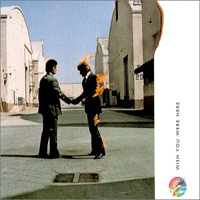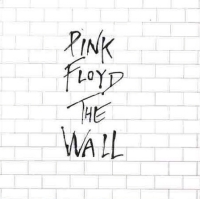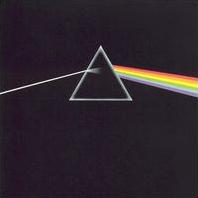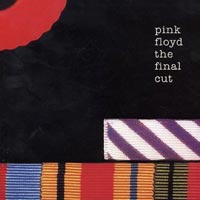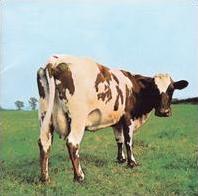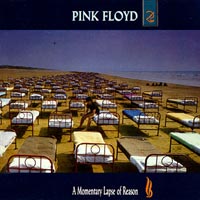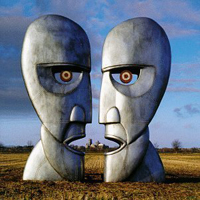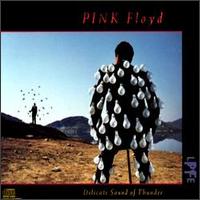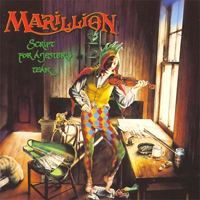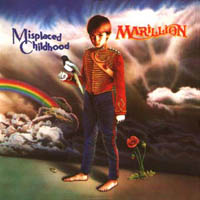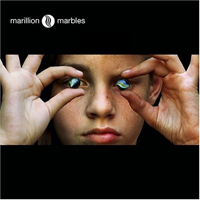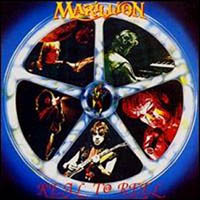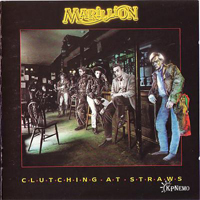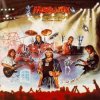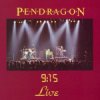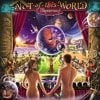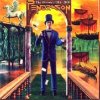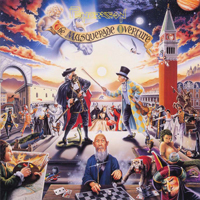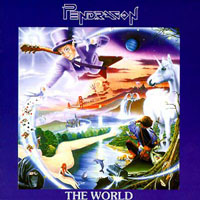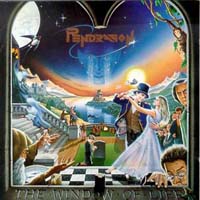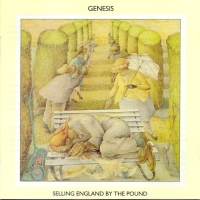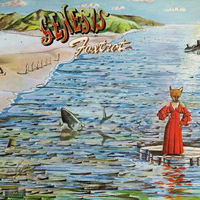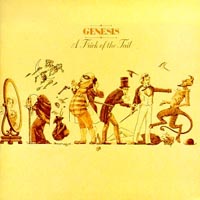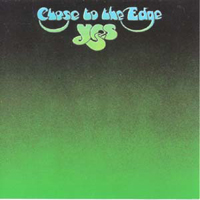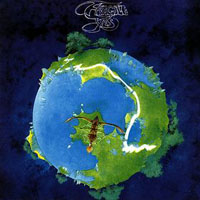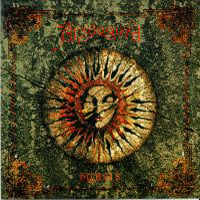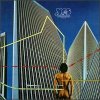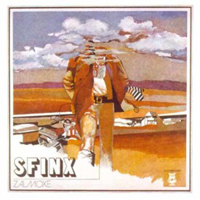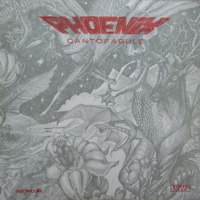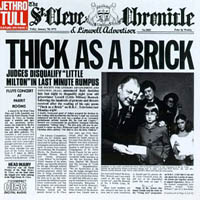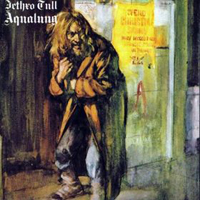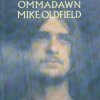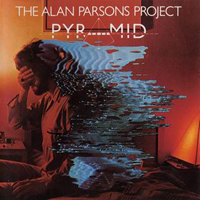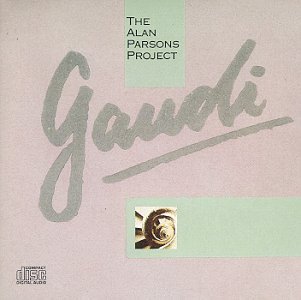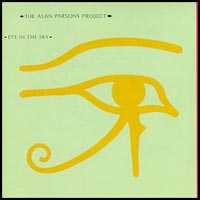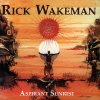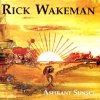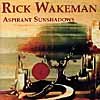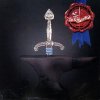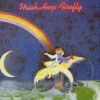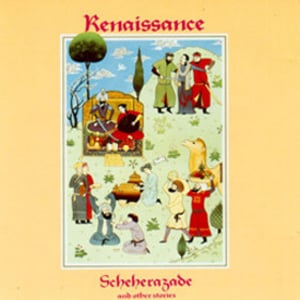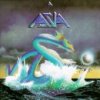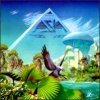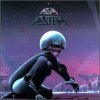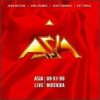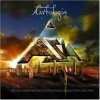Alan would ascend to assistant engineer in the Beatles era, working on the albums Let It Be and Abbey Road, including the final “rooftop sessions” at Apple Corps. He went on to engineer the landmark 1973 Pink Floyd album, The Dark Side of the Moon, whose recording quality and originality turn heads to this day. Then, with singer and songwriter Eric Woolfson, the skills that had assured Alan’s place in history as a superlative “sound guy” would be focused on his own music in the Alan Parsons Project. Lush, wall-of-sound production was one sonic signature of the APP; another was an abundance of unique keyboard sounds. This is no less true of his recent Grammy-nominated solo release, A Valid Path.
Alan took a break from making his upcoming instructional DVD series The Art and Science of Sound Recording to share studio secrets from both the Floyd and the Project.
THE POWER OF THE DARK SIDE
In 1972 there were just a few synths available — the Moog, the ARP 2600, the EMS VCS3 and Synthi AKS,” says Alan. “Nothing could be stored and nothing was polyphonic, so Pink Floyd’s synth parts were performed organically and built up in layers. The famous sequence from ‘On the Run’ was a Synthi AKS, [an upgraded VCS3 with a touchplate keyboard and built-in sequencer –Ed.], and all the filter changes you hear are from turning knobs in real time. I remember thinking the hi-hat part sounded uncannily like the real thing, though it was actually a filtered noise generator. For live shows, rather than using a tape, David Gilmour programmed the sequence nightly on a Synthi AKS, so that it could be reproduced onstage straight out of the synth. He’d play it in slowly in step time, then speed it up.”Another Dark Side track, “The Great Gig in the Sky,” is a study in stellar rock keyboards. Clare Torry’s wordless vocal solo emerges from a plaintive piano figure and explodes over a thick bed of Hammond organ. “The piano was the Steinway concert grand in studio 1 at Abbey Road,” explains Alan, “I miked it using classical techniques: Putting nothing too close to the instrument itself, and capturing the ambience in the room. I used a pair of Neumann M50 omni mics. Compression? No! I added a little plate echo to compliment the natural ambience.
“On the Hammond, I used one mic on the Leslie’s lower drum and two on opposite sides to capture the active horn of the top pair. On Leslies I’d use Neumann KM86s as a rule. I got the best results for the horn by not getting too close, as this would result in an over-accentuated swish as the horn crossed the mic path. I panned the top mics hard left and right and kept the bottom centered. In later years, I felt I got better results by just using two mics: one top and one bottom, with a narrow stereo spread between them.”
THE PRE-SAMPLER SAMPLER
“The Projectron was essentially an analog, keyboard-based sample player,” says Alan, describing the one-of-a-kind instrument he helped create in the days before samplers officially existed. “The idea came about after Roger Waters and I recorded some loops of rubbed wine glasses and he said, ‘Wouldn’t it be great to have different pitches of that, playable from a keyboard?’ I went to audio wizard Keith O. Johnson and asked him if he could make something that could trigger individual multitrack tape tracks from a standard keyboard — and he did.”How was a Projectron patch created? “We used only continuous sounds. For instance, we’d record ‘ahhs’ on C for as long as the singer’s breath allowed. This was on multitrack, so not only could we layer the same note for thickness, we could also record a number of notes, usually a major scale. We’d then mix each note to 1/4" tape. We had to build a 1/4" loop from some point after the singer had started singing, but before he or she had run out of breath. Sometimes we’d make a very long diagonal splice so you wouldn’t hear a glitch, or we’d record directly to a blank loop and gradually pull the tape away from the erase head, then the record head, using a pencil. Getting a seamless loop was very much a trial and error thing — we were basically trying to find a ‘zero crossing’ without a waveform display!
“When we had good 1/4" loops for each note, we recorded them back to multitrack so that each track was one note. To get ‘black notes’ not in the major scale, we’d cheat using varispeed, and individual tape tracks were triggered from notes on the Projectron keyboard. ”Some of the more interesting ‘samples’ were treble, descant, and bass recorders blown by a vacuum cleaner — you can hear this on ‘Some Other Time’ on the Pyramid album. Continuous, rapid hits of hammers on a vibraphone was a section of the title track of I Robot. Female ‘ahhs’ featured most noticeably on ‘Breakdown’ and ‘Shadow of a Lonely Man.’”

ALAN PARSONS LIVE
In the ’70s and ’80s, the Alan Parsons Project didn’t play live concerts, partly due to the difficulties in recreating the albums’ orchestral and synth-drenched soundscapes. Thanks to such synths as the Yamaha Motif XS, though, the Alan Parsons Live Project gives the fans’ ears what they want. “Especially if a sound was originally created organically, or using myriad analog components, it can be nigh impossible to recreate onstage in the same way,” says Alan, “So, sometimes I use samples to capture the amalgamated sound. Programming them is a skill you amass over a number of years. It’s really all about developing an understanding of musical tonality. Some people are incredibly good at hearing a sound and knowing how to recreate it. Inside knowledge — which you now have — can also be an advantage!” Learn from the Master
Learn from the MasterAlan Parsons’ The Art & Science Of Sound Recording DVD series, produced by Keyfax New Media, covers everything from recording live drums and guitars to the inner workings of mics, preamps and compression — all as it relates to cutting-edge, DAWbased music creation. Details are at www.artandscienceofsound.com.
http://www.keyboardmag.com/article/alan-parsons-synth/mar-09/94815



